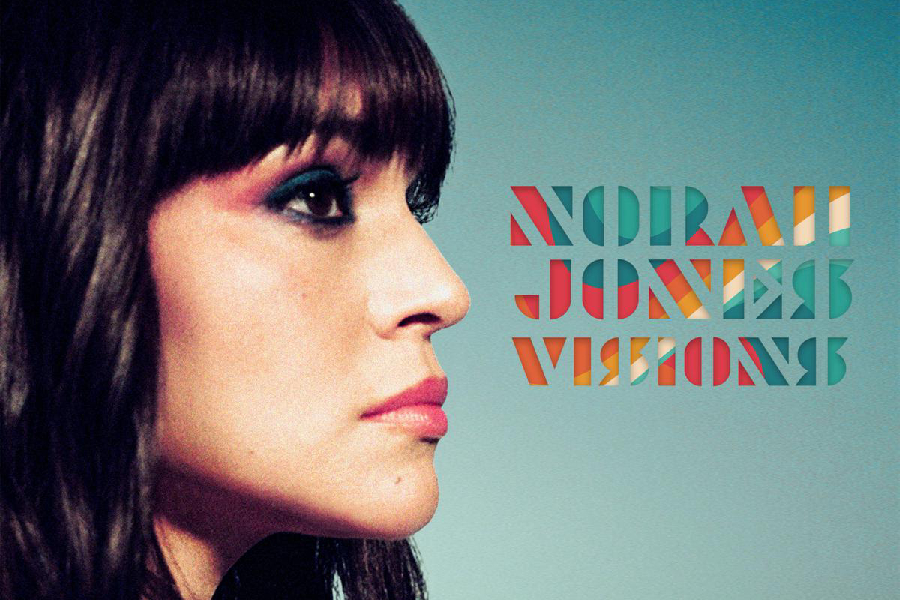Single minglers Alice (Dakota Johnson) and Robin (Rebel Wilson) hit the New York City streets on a “sobering spree” to cure their hangovers after celebrating Alice’s newfound bachelorettehood the previous night. Along the way, they seduce and trick their way into getting free hangover cures, breakfast, fresh clothes and makeup out of all kinds of gullible people, the sort only found between the pages of a rom-com script.
Now interweave Alice’s socially inept attempts to find her identity among her relationships, Robin’s libidinous brand of comic relief, Alice’s sister Meg’s (Leslie Mann) weird on-off relationship with an office fling (Jake Lacy) and the neurotic adventures of online dating with Lucy (Alison Brie), and the end result is a four-woman show that redefines the meaning of human relationships. Thus, Warner Bros. now has all of the comedic material necessary to create the 2016 romantic comedy “How to Be Single.”
To truly understand the film, one requires previous knowledge of how situational comedy works. Audience members will then slap their hands to their heads as they wonder why there is a sitcom running on screen for two hours with a budget of $38 million, blatantly piggybacking off other multiplot love stories such as the 2003 “Love Actually.”
As a sitcom trying to be a feature film, “How to Be Single” features delightfully quirky characters in socially tense situations. The protagonists learn lessons along the way to a mutually happy ending that’s only slightly different from what the audience expected. Thankfully, each leading lady’s performance is spot-on and colorful enough not to make the film’s cliches — Alice’s buying a crummy and broken apartment that is later spruced up into a cozy haven, Lucy’s traumatizing groups of schoolchildren gathered around her with horror stories from her relationships and Meg’s nearly giving birth in the back of a taxi — too insufferable. There is enough self-aware social humor to garner some chuckles and enough catchy pop music and alcohol-related jokes to keep the viewers bubbly.
But beneath its party-hard outfit, the film is drunk on its own misinterpreted assumptions of how to create dynamic relationships. Twice in the film, Alice is involved in relationships that seemingly go on for months perfectly, only for her boyfriend to stab her in the back for no reason whatsoever. It isn’t even until she is cheated on or dumped that she has her epiphanies. Despite her overall message that people should cherish being single for the independence and the journey it provides them, Alice is writing checks that the plot can’t cash.
The bartender in the film, Tom (Anders Holm), who casually sleeps with Alice and is a business suit away from being a brunette Barney Stinson from “How I Met Your Mother,” kisses Lucy at one moment as a favor to help her escape an awkward situation, and suddenly the audience has reason to believe he’s in love with her with no evidence other than that they interacted a few times as friends. This is going off the assumption that the audience forgot how much screen time was spent establishing his character’s predilection for all things not romantic. Even Meg’s awkward story about wanting a baby and falling in love with a co-worker at Alice’s law firm will require more than a few shots to swallow.
Perhaps the plot could have been saved if the writers had decided not to abandon most of the comedic moments in the third act in favor of sentimentality. It could also have been saved if there had been only a binary plot instead of a trinity. As a romantic comedy, the characters had the opportunity to not take their relationships too seriously, but instead, they pretend the circumstances of their brief five-scene love stories bring out empathy from the audience.
“How to Be Single” feels like a lengthy, expensive sitcom. Although it has an amusing, rom-com vibe, the movie as a whole is just the lackluster story of a journey into the world of New York City through the eyes of a bachelorette’s morning hangover glasses.
“How to Be Single” was directed by Christian Ditter and written by Marc Silverstein, Dana Fox and Abby Kohn.



















